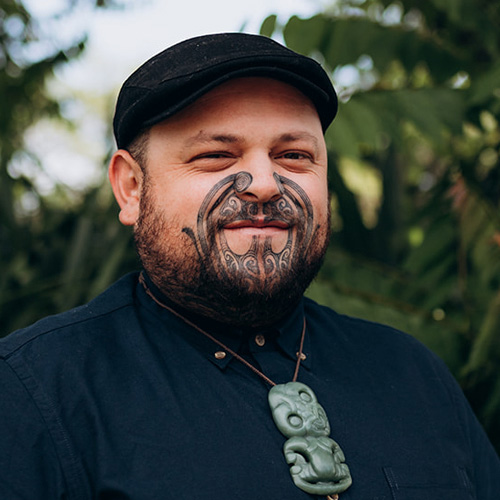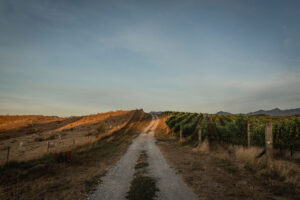 “Talk with your kaumātua — your nannies, toro, aunties, uncles, and cousins. Take the time to sit, listen, and listen some more, and kōrero when you can. Don’t take these moments for granted; in the blink of an eye, whānau can come and go, and with them, the stories and connections.”
“Talk with your kaumātua — your nannies, toro, aunties, uncles, and cousins. Take the time to sit, listen, and listen some more, and kōrero when you can. Don’t take these moments for granted; in the blink of an eye, whānau can come and go, and with them, the stories and connections.”
What does whakapapa mean to you?
Whakapapa is both my identity and my connection to the whenua where I live, linking me to my tūpuna and the environment. For me, whakapapa is a treasured legacy that carries with it the responsibility to care for and pass on.
What is your advice for someone starting out on their whakapapa journey?
Talk with your kaumātua — your nannies, toro, aunties, uncles, and cousins. Take the time to sit, listen, and listen some more, and kōrero when you can. Don’t take these moments for granted; in the blink of an eye, whānau can come and go, and with them, the stories and connections. For those raised away from Whakatū or Te Tauihu, don’t hesitate to reach out to your local iwi or to Aunty Celia and her team at Wakatū.
Share an anecdote or a fact about your tūpuna on the 1892 list
I descend from Riria Pakake, a daughter or Harirota Pakake and Te Hura Pakake of Ngāti Koata.
Riria Pakake married Teone Hippolite of Ngāti Kuia and settled at a place called Te Matapihi ki te Rangi in the Croisilles Harbour.
Can you tell us about your own whakapapa journey?
I was fortunate to be raised around my kuia, Nellie Robb (née Manihera), a custodian of whakapapa, including charts, photos, and taonga. She lived in a kaumātua flat behind Whakatū Marae, so we often played in and around the whare and the kaumatua flats.
This environment provided countless opportunities to learn from the taonga and from the many aunties and uncles who lived around the marae.




